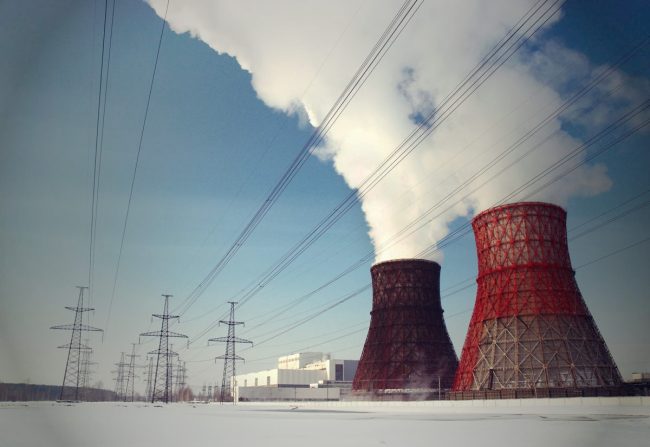What Is A Natural Draft Cooling Tower?
Natural draft cooling towers operate on the stack effect, which causes hot air to rise within the tower. Natural Draft Cooling Tower Features Natural draft cooling towers are frequently used in power plants. The tower’s stack effect is responsible for producing the necessary air stream volume for cooling. These models offer a unique economic advantage in…

